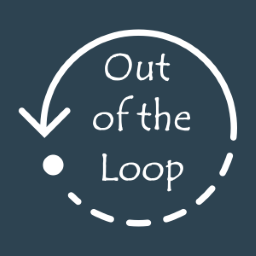

Rather than developing a Mexican brand of far-right politics, Verástegui tried to transplant a distinctly American flavour
That was probably why. Though I suppose that it doesn’t explain why no one else tried to innovate a more native far-right brand.
2024 might otherwise have been a tough year, but 2025 was a lot better. Just look at the recent elections in Australia and Canada.




I had coded up something similar (but less configurable) on my own single-user pyfedi instance. But this is really nice. In particular it’s surprising that we can now do something that lemmy can’t (yet).
I wonder what’s next on the radar. Implementing https://github.com/LemmyNet/lemmy/issues/5578 maybe? (Thought I wouldn’t be surprised if this was also already implemented…)